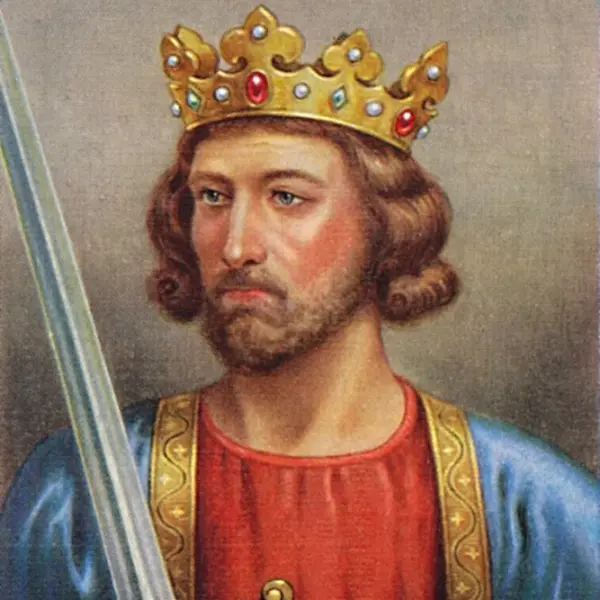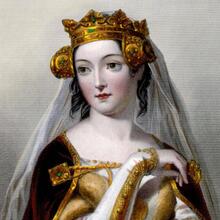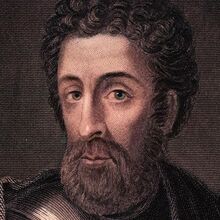
Personal
Other names:
Edward Longshanks, Hammer of the Scots
Job / Known for:
King of England and founder
Left traces:
Statutes of Westminste
Born
Date:
1239-06-17
Location:
GB
Westminster, London, England
Died
Date:
1307-07-07 (aged 68)
Resting place:
GB
Death Cause:
Dysentery
Family
Spouse:
Eleanor of Castile (1254-1290), Margaret of France (1299-1307)
Children:
Among others, Eleanor, Joan, Alphonso, Margaret, Mary, Elizabeth, Edward II, Thomas, Edmund, and Katherine
Parent(s):
Henry III of England and Eleanor of Provence
QR Code:
 My QR code:
Edward I Plantagenet
https://DearGone.com/10326
My QR code:
Edward I Plantagenet
https://DearGone.com/10326
Key Ownner:
Not yet supported by key owner
Show More
Rank
Users ranking to :
Thanks, you rate star
Ranking
5.0
1
About me / Bio:
Show More
Article for Edward I Plantagenet
Died profile like Edward I Plantagenet
Comments:




